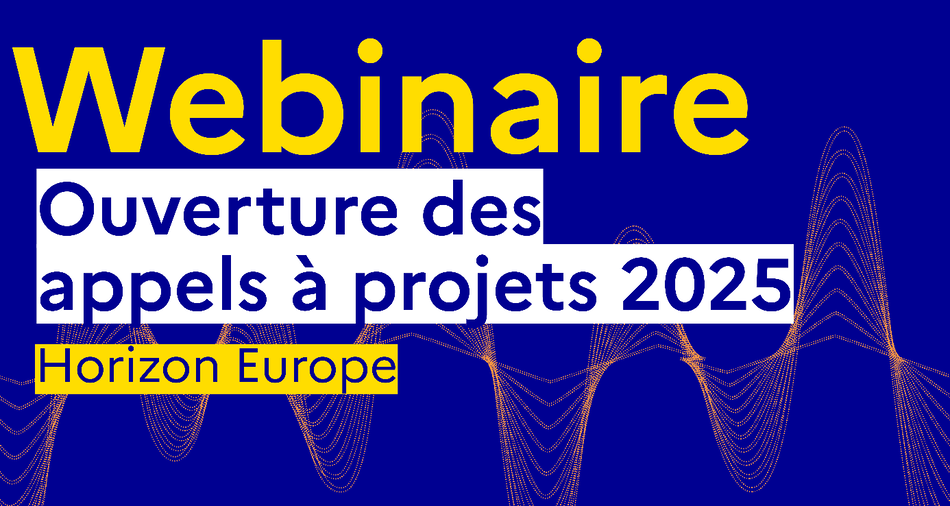Expected Outcome:
Project outputs and results are expected to contribute to the following expected outcomes:
- Development and demonstration of a platform for Integrated Green Vessel Digital Twins that will provide a basis to continuously improve the environmental performance of vessels over their entire life cycle.
- Improved environmental performance through verifiable KPIs.
- Proven applicability of the platform to a wide variety of vessel operations throughout the vessels’ lifetime, by using model-based systems engineering, simulation and hardware in the loop approaches.
Scope:
State-of-the-art of Digital Twins (DT) applied to waterborne transport are typically characterised by a focus on specific limited aspects of the design or operation of a vessel based on numerical simulations. Integrated Green Vessel DTs, which take an integrated approach to combine design and operation to improve efficiency and reduce emissions are not well addressed. Furthermore, aspects of open (software) architecture, data standards, security guarantees and data sovereignty of data owners are also not comprehensively addressed. Whilst some advances in data integration for different applications have been made, a comprehensive global integration of data remains missing.
These higher levels of integration between different functions of an Integrated Green Vessel DT (e.g. during design and operation of waterborne transport assets) require both complex multi-physics simulations and advanced levels of data organisation. This leads to the need for higher computational efficiency to meet future requirements in terms of accuracy, and the integration of the digital representation of suitable technologies for the transformation of vessels into “Green Vessels” within an Integrated Green DT that will aim to improve the vessels environmental performance.
Integrated Green Vessel DTs need to be applicable throughout the life cycle of the vessel, from initial design, to detailed design, engineering and production, operation, retrofitting, and circular end of life. To make best use of an Integrated Green Vessel DT, it should allow addressing optimisation for enhanced energy efficiency and reduced environmental footprint in a consistent way throughout the lifecycle of the vessel. This will require a thorough consideration of potential operational conditions as well as possible future regulatory changes. The Green Vessel DT will play a key role in design and operation of future zero or low emission vessels as well as their through-life sustainability upgrades. Mapping all relevant data influencing operational environmental performance, it will be the basis for decision support for operational (AI-based) optimisation, for considering the use of for example propulsion changes, retrofits, alternative fuel options, use of renewable energies solutions) and predictive maintenance.
Proposals are expected to address all of the following aspects:
- Development of an Integrated Green Digital Twin.
- Make best use of available (simulation) concepts and consider all relevant life-cycle aspects, including end of life disposal.
- Incorporate all relevant aspects of physics simulation, design and operational planning and optimisation as well as data organisation and storage, integrating also real data obtained from monitoring and measurements.
- Ensure the system will be adaptable to consider all potentially relevant retrofits needed to meet future regulations and changes in operational profile both during initial design and throughout the vessels lifecycle.
- Assessment of the environmental performance through verifiable KPIs.
- Optimisation of the vessel’s equipment in operational conditions in order to provide the best environmental and economic solution for a given waterborne transport operation.
- Use open standards, libraries and tools to create generic and reusable solutions applicable to a wide range of waterborne assets.
- Ensure the interoperability of data models, address data ownership and integrity of data sets as well as ensuring security against cyber and physical threats.
- For case studies on at least 2 different ship types, test and demonstrate the developed digital twin model to quantify the improved environmental performance and efficiency achieved as a result.
Plan for the exploitation and dissemination of results should include a strong business case and sound exploitation strategy, as outlined in the introduction to this Destination. The exploitation plans should include preliminary plans for scalability, commercialisation, and deployment (feasibility study, business plan) indicating the possible funding sources to be potentially used.
This topic implements the co-programmed European Partnership on ‘Zero Emission Waterborne Transport’ (ZEWT). As such, projects resulting from this topic will be expected to report on results to the European Partnership ‘Zero Emission Waterborne Transport’ (ZEWT) in support of the monitoring of its KPIs.





